The picture above is a Wide Field image of the 2011 Comet Lovejoy (C/2011 W3) by Naskies. The comet is the long streak on the left side. The images shows the Milky Way in the background. The yellow toward the left is due to Zodiacal Light (sunlight reflected on interplanetary dust). The green toward the right is due to airglow.
Every year, we are still making numerous discoveries in Astronomy. For example, Robert Weryk found ʻOumuamua in 2017, the first interstellar object we’ve observed passing through our solar system. Robert, like most professional astronomers, has access to a plethora of powerful devices to accomplish his work.
On the other hand, amateur astronomy is seen as more of a hobby. However, several amateur astronomers have broken out and made a name for themselves by finding celestial bodies that had previously not been found by even professional astronomers.
Several amateur astronomers have not only made a name for themselves, they even have been recognized within the field for their discoveries. Using basic equipment, they have proven that passion is enough to get you ahead in your quest to become a notable astronomer.
Recently, several center for astronomy and astrophysics also offer access to their enormous amount of data so amateurs can help in searching treasures in the vast extend of space.
In this article, we take a look at some amateur astronomers who have shaken up the field and made remarkable contributions to the field of astronomy.
Patrick Moore
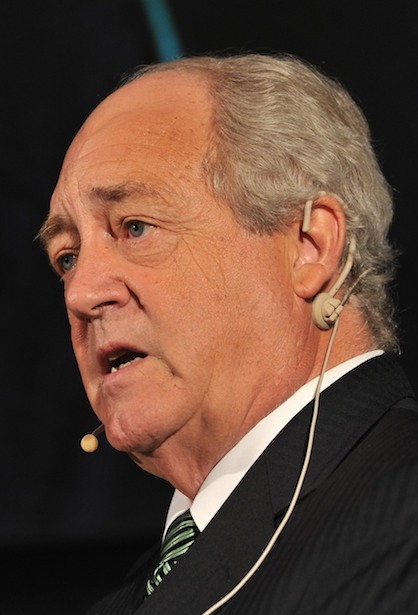
Sir Patrick Moore is one of the most famous astronomy broadcasters ever known. Through his BBC television program that premiered in 1957, he aimed to make difficult astronomy concepts easily understandable to the layman. He was an amateur astronomer without any formal training in the subject—all he had was a deep love and interest for research.
His passion for astronomy began at the age of 13 when he wrote his first scientific paper on the moon. He studied the features of the moon through a telescope in his backyard. His later research was largely about the moon, and he made some significant discoveries about the moon’s surface.
He was part of World War II as a Royal Air Force (RAF) bomber, and after his service, he went into writing and pursuing his passion. He created the Caldwell catalog of astronomical objects, which was meant to supplement the Messier Catalog.
There are over 70 books on astronomy under his name. He was president of the British Astronomical Association as well as the co-founder and president of the Society for Popular Astronomy.
Terry Lovejoy
Terry Lovejoy is an amateur astronomer from Australia. He has made several comet discoveries and at the time of writing; he already has six comet discoveries under his name. Terry discovered his first comet in the year 2007, the C/2007 E2 Lovejoy using a standard digital camera.
Two months later, he discovered C/2007 K5 Lovejoy using a specially modified camera that would cut infrared light to help amateur astronomers better identify objects. In 2011, he broke a record and was the first astronomer in 40 years to discover a Kreutz Stargazing comet. He used a ground-based telescope, a Celestron C8 Schmidt–Cassegrain telescope working at f/2.1, and a modified camera (the QHY9 CCD) to make the discovery. The comet, the C/2011 W3, traveled through the sun’s corona and still came out intact.
He continued making breakthroughs: In 2013; he discovered the comet C/2013 R1 Lovejoy, in 2014 he discovered the C/2014 Q2 Lovejoy and his latest discovery was in 2017 with the discovery of the comet C/2017 E4|C/2017 E4 (Lovejoy).
Lovejoy has said that he discovers comets at least once every two years. He says he’s been having more success with every software upgrade or advancement in his equipment. His software is created to look through images and identify objects that are moving close to the sun.
He does use a telescope, but he says together with the appropriate software, it has cut his work time from two hours down to five minutes.
Terry began his star-gazing as a minor. He grew up in New South Wales, far from the big city, and so they had very dark skies that allowed them to observe celestial bodies better. Something many of us do not have the luxury of having.
Anthony Wesley
Another Australian discovered a scar on Jupiter. Anthony Wesley made this significant discovery when it was noted that there was something odd in the southern hemisphere of the planet. He notified NASA who came to the conclusion that something, possibly a comet or meteoroid, had hit Jupiter and was later absorbed by the gases from the planet, namely Methane and Ammonia.
This discovery showed that occurrences of planets being hit by objects was not a rare phenomenon and that it probably happened more often than scientists had presumed. In the 1990s, the comet Shoemaker-Levy 9 hit Jupiter, showing that all planets are at risk.
His discovery made several scientists around the world take note.
William Herschel
We have to talk about William Herschel and his sister Caroline’s contributions to early astronomy. They are among the most notable amateur astronomers of their time and in Europe. He began his interest by renting out a small telescope with dreams of having his own observatory one day.
As he advanced, he built his own telescope in 1774 and would continue making observations. He mainly observed stars, however, on one night he noted an object that was not a star but was a planet. He had discovered Uranus. This was the first discovery of a planet since ancient times. It was a great feat for astronomy and more so, amateur astronomy. This discovery influenced King George the third to knight him to William the Royal Astronomer.
In addition to discovering Uranus, he also discovered two of its 27 moons; Titania and Oberon. He also discovered the rotation period of Mars and Saturn’s moons; Enceladus and Mimas. He is also noted as a pioneer in the use of spectrophotometry in astronomy observations.
Robert Evans
Evans found an interest in astronomy from his teenage years. He created an observation device using rolls of toilet paper, cardboard tube, spectacle lens, and an eyepiece. He would use this to diligently watch the night sky.
The Australian holds the record for identifying supernovas. He is known to have observed 42-star explosions through the use of a telescope before the invention of technology and software that are known to identify them. Despite currently being a retired reverend, he still takes every opportunity to go out and observe the skies.
It is said that he has a photographic memory and he can remember how each galaxy looks like. His work has earned him awards and recognition from the Royal Astronomical Society of Canada and the International Astronomical Union.
Andrew Ainslie Common
Ainslie Common had a career in sanitary engineering, however, his passion was in astronomy. From the age of 10, he had a deep passion for the field. He is most renowned for his work in Astrophotography. Through his intensive work in this subset of astronomy, he was able to make long time exposures of the Orion Nebula from 1880 to 1884. This proved that photography could be used to identify features that the naked eye could not observe.
Alan Hale and Thomas Boppe
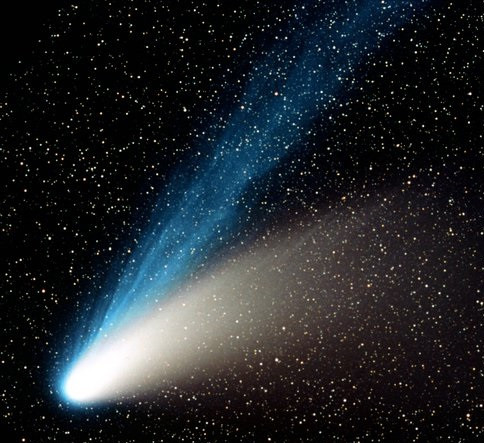
The Hale-Boppe comet was discovered by an amateur astronomer and a professionally trained astronomer. The two at the time were both considered to be amateur astronomers, although Alan Hale held a doctorate in Astronomy. Thomas Boppe on the other hand was 100%an amateur and was the manager at a construction company.
Though they were both “amateurs”, the two discovered one of the most distant comets ever spotted by any astronomer. The comet was discovered independently on July 23, 1995. At the time Alan Hale was in New Mexico while Thomas Boppe was living in Arizona.
On the day of observation, both men were looking at the Messier 70 cluster, and they both noticed an unusual object in the sky. The object’s pace made them take note and come to the conclusion that it was a comet. They then submitted their findings to the International Astronomy Union’s Central Bureau for Astronomical Telegrams.
Sidonio

Sidonio was a strongman from Australia, although his first passion was astronomy. After a long run in the strongman circuit in the country, he went back to his first love in the year 2002. One night while observing the NGC 253 Sculpture galaxy, he noticed something strange that was not recorded in any of his charts.
Further studies showed that professional astronomers had not taken note of it either. After more research, it was discovered to be the dwarf galaxy; NGC 253 dw2. This dwarf galaxy is 16,000 light-years away from the NGC 253 Sculpture galaxy. This discovery was monumental as it was evidence that large galaxies are formed when smaller galaxies come together. This dwarf galaxy unfortunately is itself in the process of being merged in its neighboring larger galaxy.
Emmanuel Conseil
Emmanuel Conseil got a gift on Christmas day 2015. While going over the Slooh online observatory, he discovered what was potentially a new star or nova in the Triangulum Galaxy (Messier 33).
He was quick to point out that the star had not been there the day before Christmas. This meant that an explosion had taken place on that exact day and had given birth to a Christmas Star.
Group of amateur astronomers
With the help of a NASA Spacecraft, 40 amateur astronomers help with the discovery of a group of 42 planets. One of the 42 planets is a Jovian planet: a planet which has all the characteristics to hold life. Albeit less likely, another 15 other planets were also said to have the potential to carry life. The forty astronomers had been funded by a crowdsourcing organization, Planethunters.
One of the 42 planets was a planet the size of Jupiter that was found in the habitable zone of its star. The Goldilocks zone. The planet was named PH2 b. Although such planets are not habitable, a moon of that planet could very well be (if far enough, not like Io which is torn apart and constantly irradiated by Jupiter).
Hanny Van Arkel
The other female in this list is Hanny Van Arkel. She is an amateur astronomer who, in 2007, discovered what professional astronomers would later term as a cosmic ghost. At the time, Hanny was a Dutch school teacher and a volunteer at the Galaxy Zoo Project. Along with others, she was enlisted to take part in online astronomy research.
On one of her Internet observations, she discovered a strange, gaseous object that had a hole in the center. She posted the object and professional astronomers quickly began investigating what it could be. Scientists around the world were told to move their telescopes toward the object and find out more about it.
What they saw was considered a mystery. It did not contain any stars, however, it was made up of gas so hot, about 1,000 degrees Celsius, that they presumed that something had to be illuminating it. They could not see any source at hand and they began investigating the closest galaxy, IC 2497, as a possible source.
Scientists thought the mystery could be a “cosmic ghost”. A cosmic ghost is a punctured cloud of hot gas, illuminated by the “dying embers” of a nearby quasar. The quasar is said to have been hosted by the nearby galaxy, IC 2497.
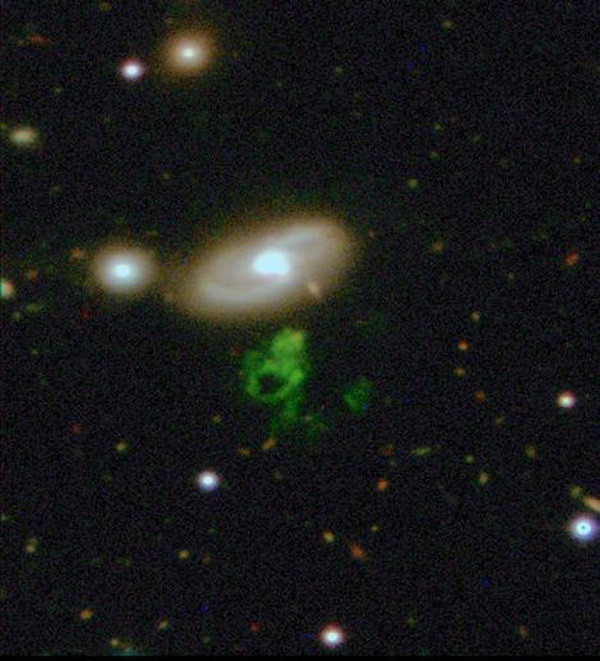
Zooniverse Amateur Astronomers
Amateur astronomers from the Zooniverse project were going through images taken by NASA’s Splitzer telescope. The volunteers had scanned through tens of thousands of images from the online Milky-Way Project. Many of them reported observing strange yellow balls in the images.
When scientists investigated further, they found that these images could be from the initial stages of a star formation. Though the yellow balls spotted by these astronomers appear to be small, they are actually thousands of times the size of our very own solar system!
John Broughton
John Broughton is yet another prolific Australian amateur astronomer. He is one of the most renowned discoverers of small planets the world over. This is a great accomplishment for any astronomer, let alone an amateur one. Between 1997 and 2008 he made over one thousand discoveries of small planets, earning him recognition from the Minor Planet Center.
His accomplishments include the discovery of a Near Earth asteroid, Apollo asteroid (186844) 2004 GA1. This asteroid was potentially a danger to our planet. It was considered to be the first amateur discovery of a potentially harmful Near Earth Object (NEO). He made this discovery in the year 2004. His work on Near Earth Asteroids earned him the Gene Shoemaker NEO Grant by the Planetary Society. This was to support his work on Near Earth Asteroids. Apart from research, money from the grant was used to buy a CCD camera. An asteroid has also been named in his honor as a recognition of his work – that is the Flora asteroid 24105 Broughton.
The following show the next five near encounters with this asteroid. Note that it also crosses Mars and Venus orbits. So far so good, though, but the Dinosaurs had a taste of such an asteroid 65 million years ago.
| Date (DD/MM/YYYY) | Distance (km) | Velocity (km/s) |
|---|---|---|
| 24 Sep 2057 | 25,710,883 | 13.117 |
| 16 Oct 2076 | 25,311,244 | 19.202 |
| 19 Oct 2099 | 22,386,650 | 19.303 |
| 19 Sep 2137 | 29,689,598 | 12.912 |
| 24 Jun 2156 | 21,151,128 | 13.427 |
For comparison, the closest the Moon hovers around the Earth is 362,600 km
In 2005 and 2006, he discovered two comets, the P/2005 T5 (Broughton) and the C/2006 OF2 (Broughton). He has also built free to use software programs for drift-scan timing of asteroid occultation, namely the scantracker and the scananalyser.
Radhika Lakhani and Vaidehi Vekariya
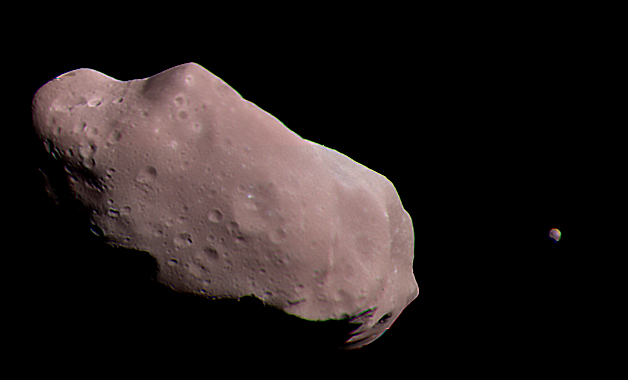
Both are just 10 graders (15 years old) and they already found an object of interest: an Asteroid (HLV2514) close to Mars, which is changing course and will be moving toward Earth for the next 1 million years. We’ll need more data to plot the actual trajectory and see whether deflection will be required, probably not. In most cases asteroids miss Earth, also we have about 1 million years to react for that one…
The two girls are from Surat, India and they were working on data supplied by NASA from the telescope in Hawaii (Pan-STARR). The program was initiated by Space India and promoted to schools throughout India.
Robert Gagliano & Tom Jacobs
In 2020, Robert & Tom found a star system with what looked like an interesting pulse or flicker. They reported it and when Gerald Handler, a polish astronomer, looked closer at the system, he realized it was a pulsing star with a companion.
The two stars orbit each others (opposed to the smaller star orbiting the larger one) and as a result it creates a huge bulge on the large star (a bulge of many times the Earth, that large star is about 1.7× larger than our Sun). The bulge rhythm is very similar to a heart beat.
Donald Kurtz predicted that such star systems exist in 1980. This is the first we find confirming Donald’s hypothesis.
Backyard Worlds Discover 95 new Brown Dwarf Stars
The Backyard Worlds has over 100,000 citizen astronomers which are looking for possible objects in the Near-Infrared Echellette Spectrometer (NIRES) imagery. In 2020, the citizens found 95 new Brown Dwarf. These stars are too small (11 to 16 times the size of Jupiter) to have fusion in their code and as a result they do not produce very much light like our Sun.
One of the find, LSPM J0055+5948, is particularly interesting. It is a binary system composed of a Brown Dwarf and a White Dwarf. It is called a T8-dwarf system. We had calculated that such system would exist and this is only the fourth we’ve found.
This still doesn’t beat the WISE 0855-0714 Brown Dwarf, which has a temperature between -48°C and -13°C. Yes! Permanently below freezing!
Conclusion
Amateur astronomers have made quite a contribution to the field. Whether you’re starting out your hobby, or you have a bit of knowledge in physics and astronomy, your contribution will always be felt. What is common in all the astronomers mentioned above is their deep love and passion for observing the sky and wanting to learn more about our universe.
With advancements in technology, better telescopes, and software programs, it is now easier than ever for amateur astronomers to make their name in the industry. However, as noted from the examples above, it takes dedication, diligence, and sometimes sheer luck for you to find the next breakthrough object. Until then, get out there and enjoy discovering objects new to you and understanding the mysteries that lie within our universe.
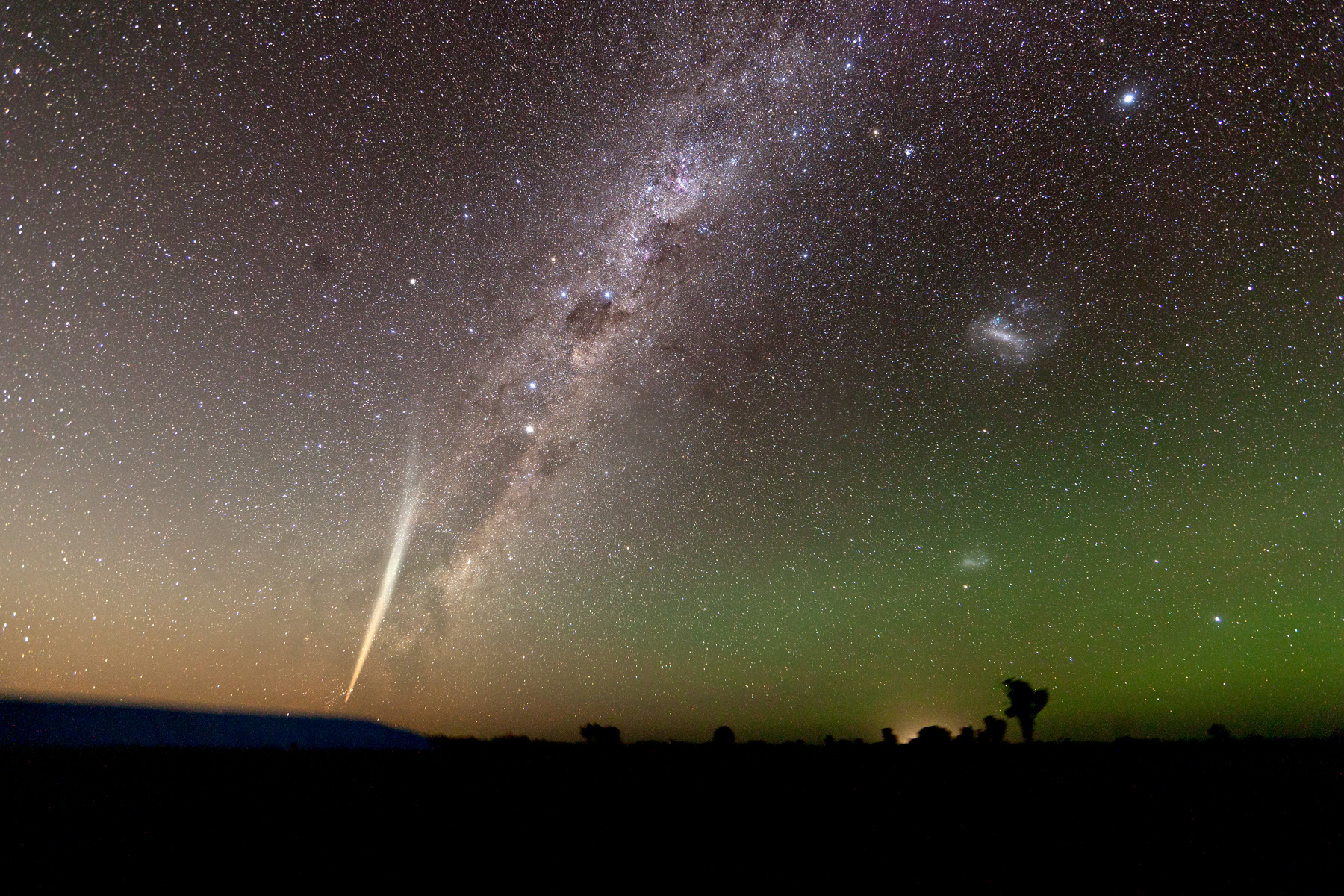
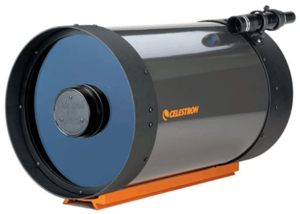
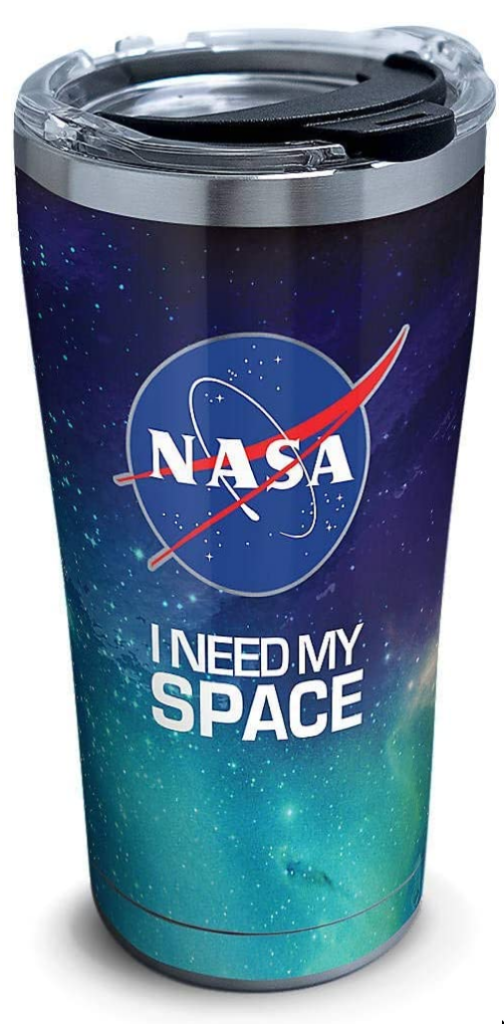
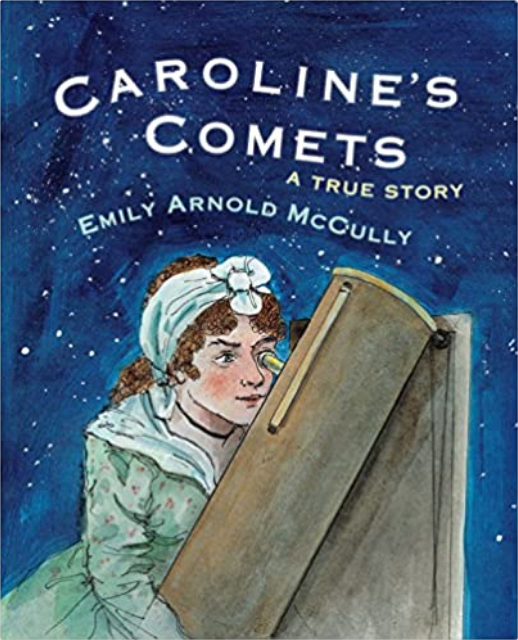
Leave a Reply